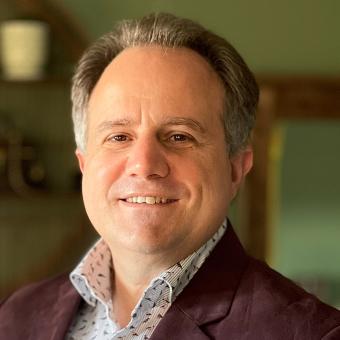Mines researchers isolate first molecule of californium 2+
Led by Chemistry Professor Thomas Albrecht-Schönzart, the findings were recently published in the journal Nature Chemistry

A Colorado School of Mines professor was part of a team of researchers to isolate for the first time a molecule containing the element californium (2+).
A radioactive element not found in nature, californium is a strong neutron emitter that is used in portable metal detectors for silver and gold, as well for the identification of oil and water layers in oil wells and fatigue and stress in metals.
“Californium is the last element in the periodic table that can be made in macroscopic amounts – so long as you have a nuclear reactor on hand,” said Thomas Albrecht-Schönzart, University Distinguished Professor of Chemistry at Mines. “The properties of heavy elements like californium deviate from predictions because the high charge of the nucleus (+98) makes the surrounding electrons zip around at significant fractions of the speed of light, and this literally changes everything from chemical reactivity to magnetic properties to the color of the compounds containing this element.”
Albrecht-Schönzart, along with researchers from Florida State University and Germany’s Karlsruhe Institute of Technology, recently published their findings in the journal Nature Chemistry.
From a chemical perspective, reducing the element from the normal 3+ charge to the 2+ charge should be easy to accomplish. But the unique properties of this highly radioactive element made the effort more challenging than researchers expected.
“It proved to be a seven-year journey to isolate the first molecule containing californium(2+), but we were rewarded with chemical and physical properties that had not been anticipated,” Albrecht-Schönzart said. “ Now that we know how to prepare this compound, many more will follow so that we can understand general trends with Cf(2+) and how relativistic effects control its properties.”
Fellow Mines authors on the paper were Joseph Sperling, research assistant professor of chemistry; Cristian Celis-Barros, research assistant professor of chemistry; graduate student Hannah B. Wineinger; and postdoctoral fellow Benjamin Scheibe.
To read the full paper, “Isolation of a californium(II) crown–ether complex,” go to https://www.nature.com/articles/s41557-023-01170-9.




